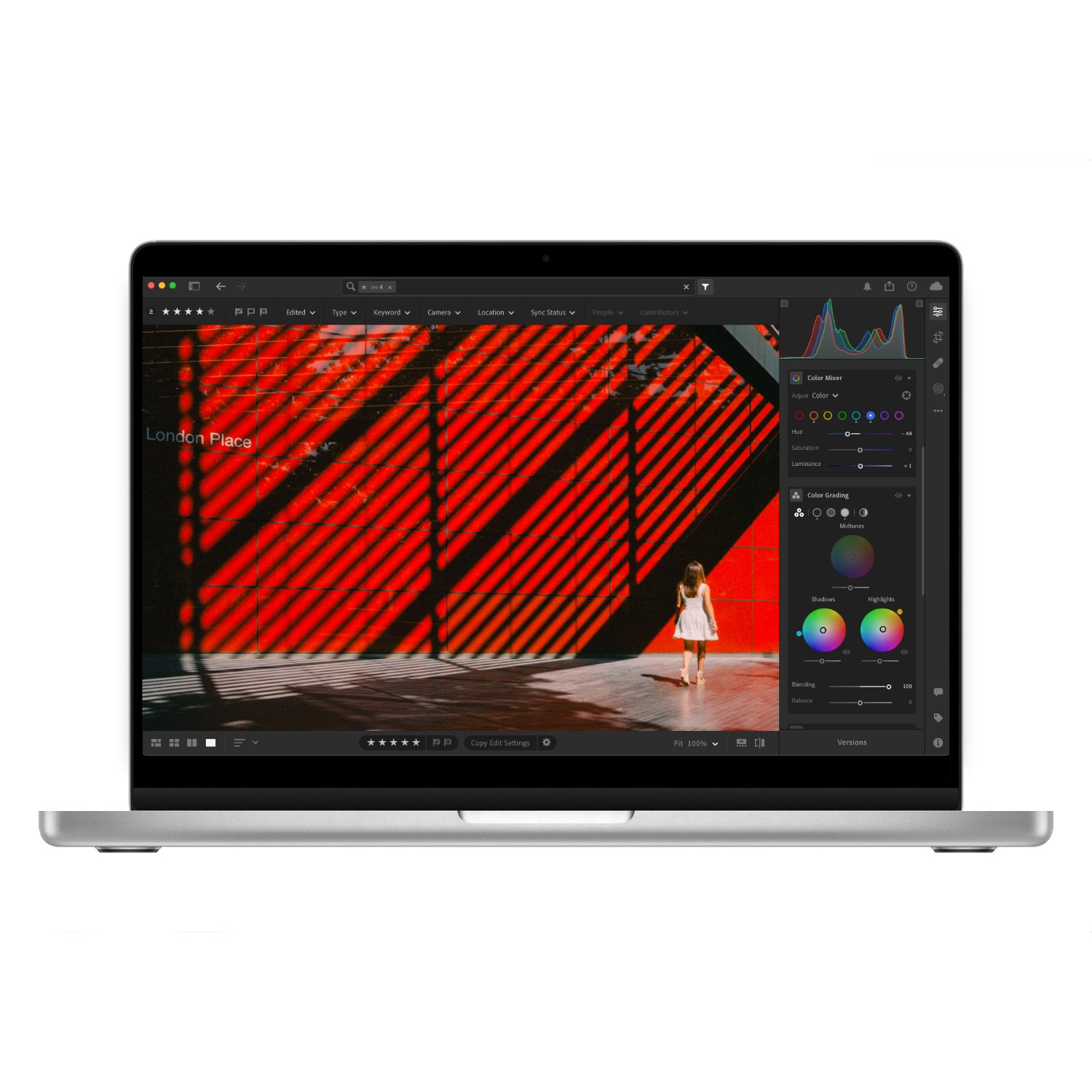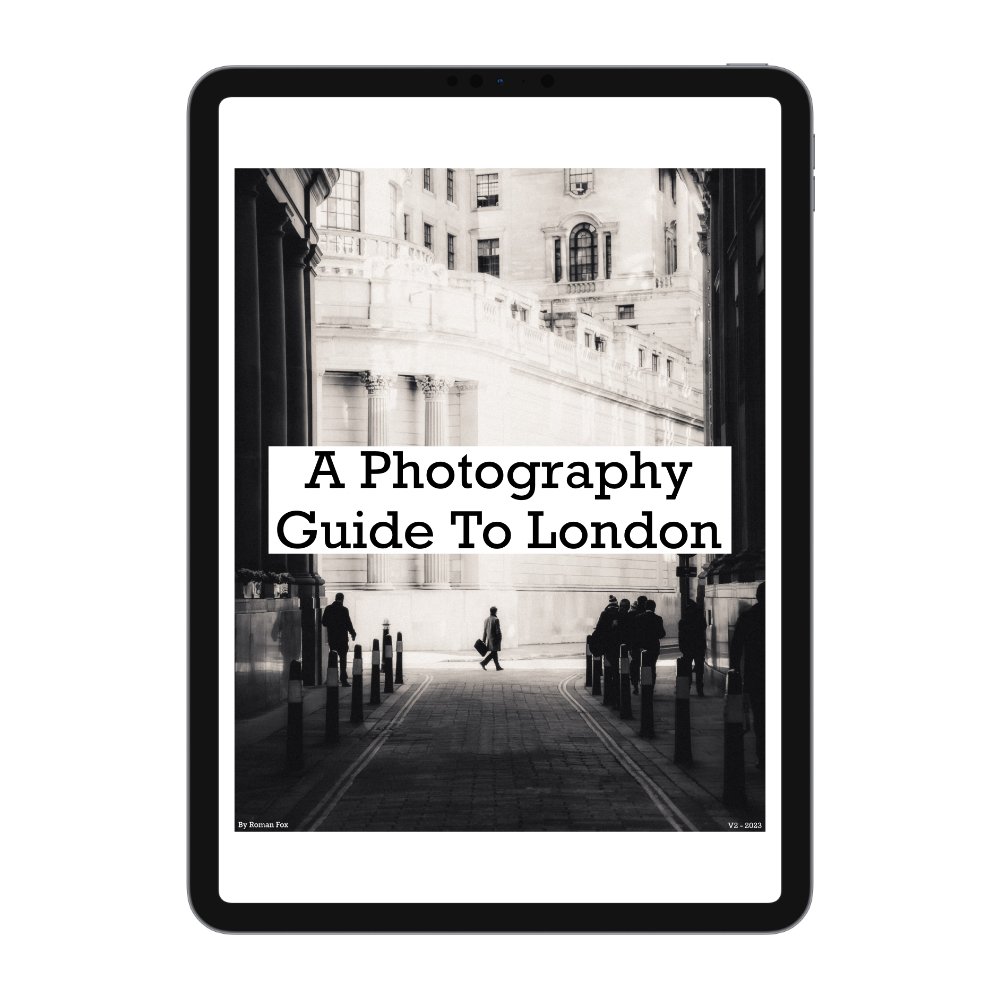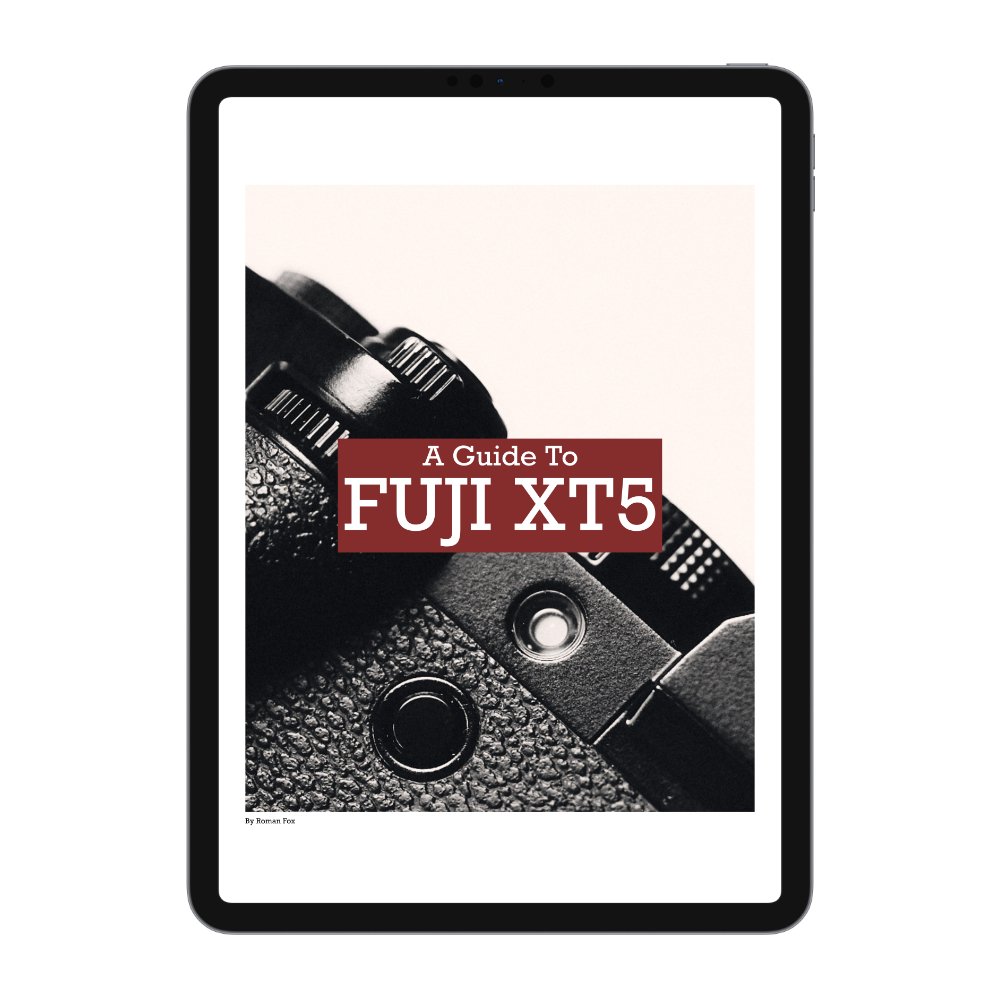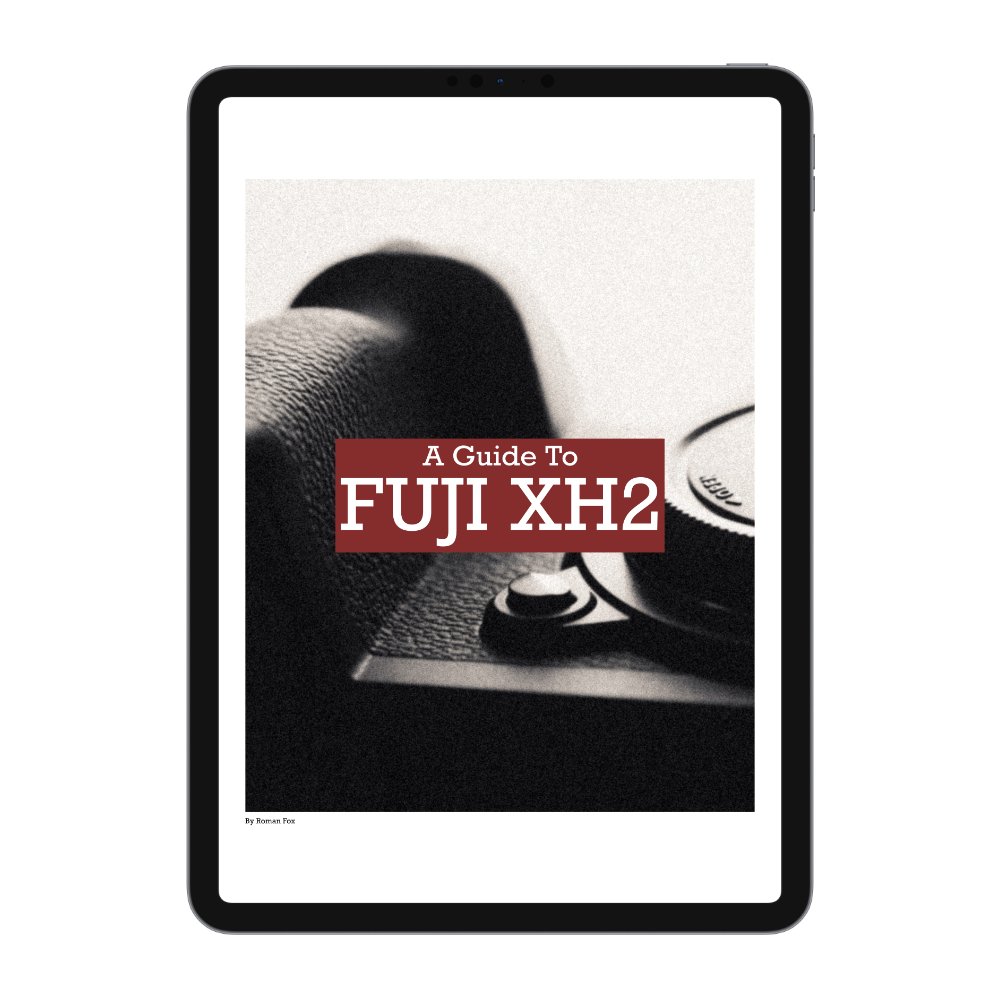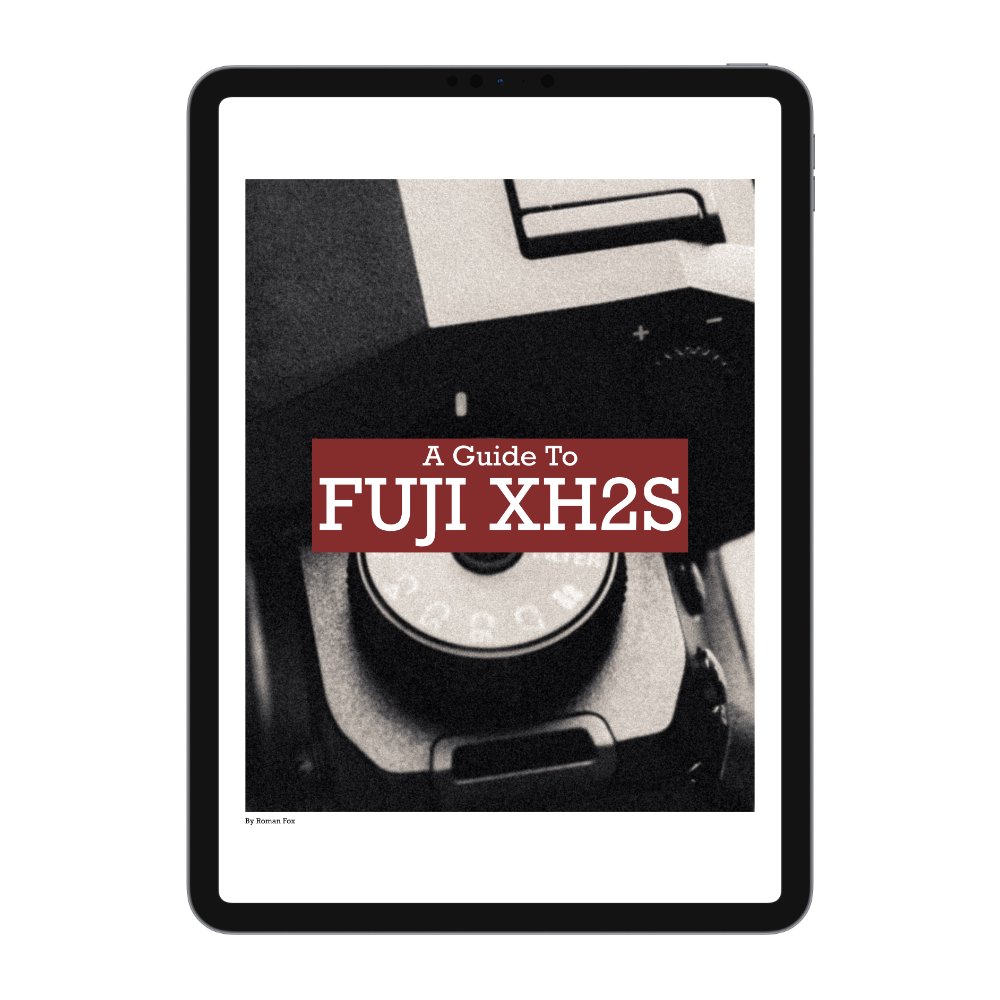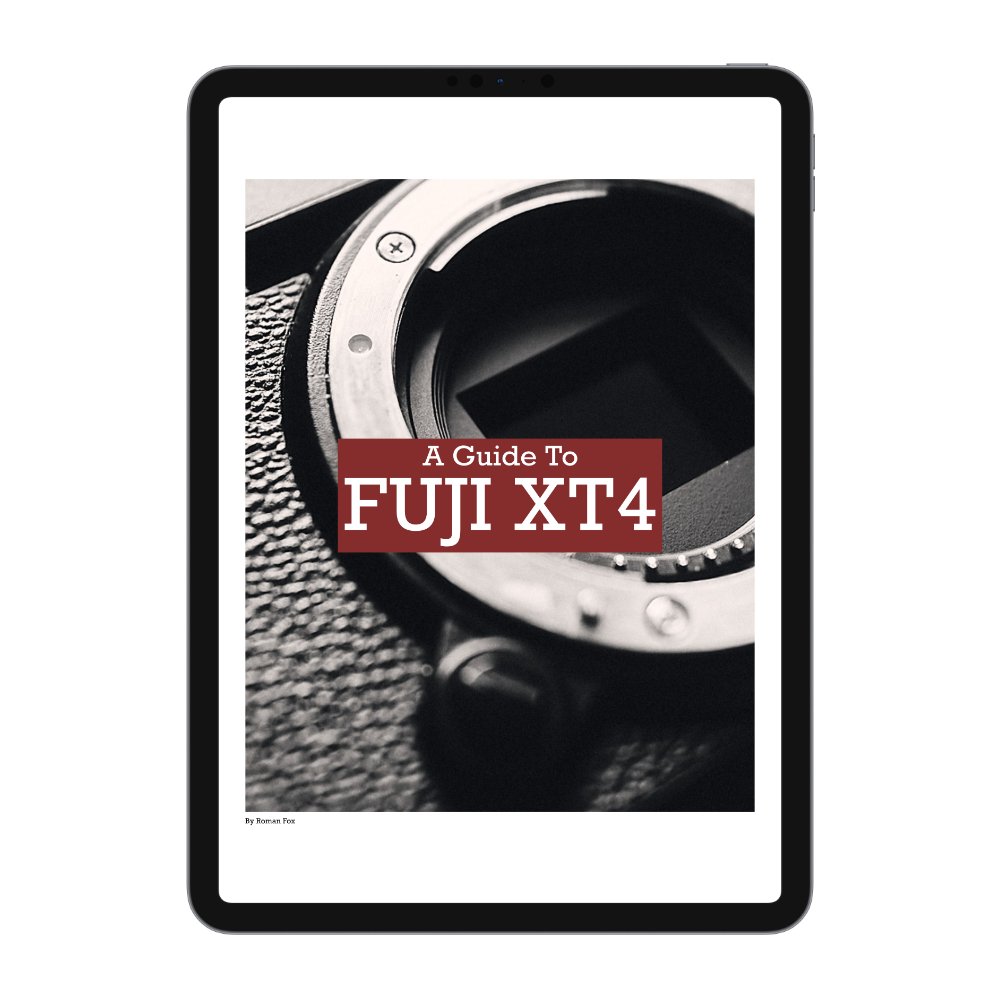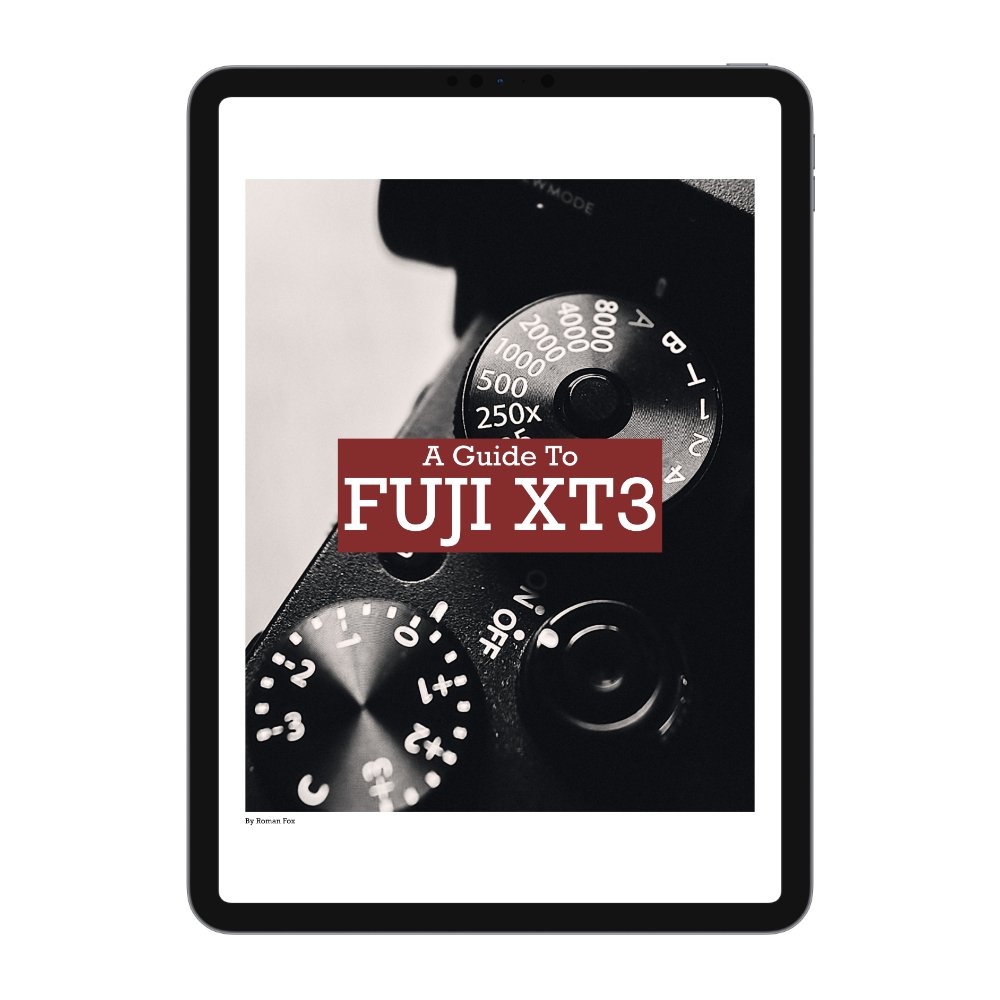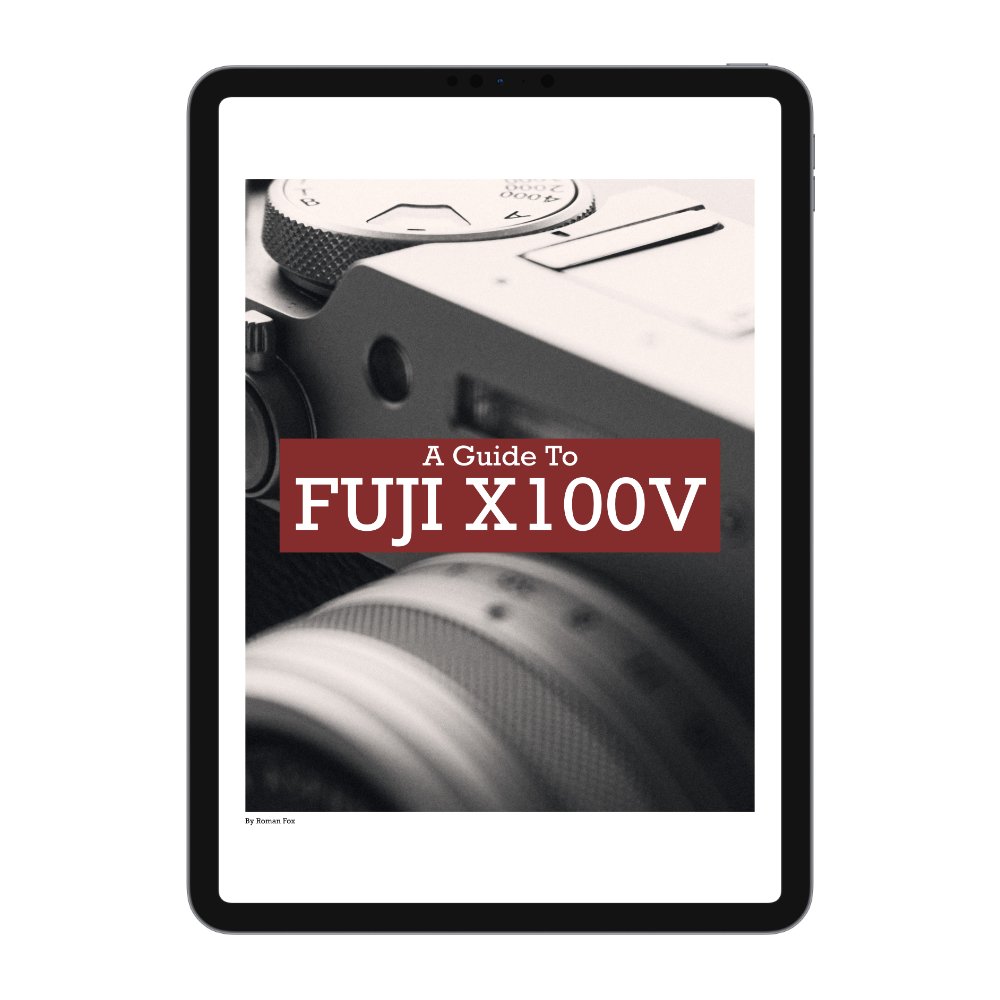When Photography Made Sense
In this blog I will discuss 5 points that felt pivotal for my photography. Some of these made me see photography in a whole new way while others allowed me to simplify the process and focus on what actually matters. None were “lightbulb” moments in the sense that overnight things changed, instead I only realised when looking back after some years and reflecting on my progress.
Light
My first big realisation was how to correctly light a photo based on what I want the outcome to be. This happened when I was looking through my work trying to figure out why I loved some photos while others fell flat. After some head scratching I realised that the photos I loved the most, had great lighting, specifically back or side lighting. By that I mean the light source was either behind the subject or around 90 degrees to the side. This created a dynamic image that had depth, shading and high levels of natural contrast thus making it more visually pleasing.
Visual Weight
The second big realisation came in form of visual weight. When we learn about composition, we all come across leading lines, the rule of thirds, framing and so on. We all know these rules off by heart however the core component of composition is balance. Think of balance as being the main meal and all the small rules and best practices being the side dishes. You need the main meal to be good in order to enjoy everything because no matter how nice the side dish is, if the main meal sucks, the whole experience will suck too. Visual balance talks about different elements within the scene and how they interact with each other. For example you will have Negative space, highlights, details, shadows and colours. Each of these holds a certain amount of visual weight and the trick is to balance one against the other. For example a small bright area might need a larger shadow area on the opposite end of the frame to balance out.
One Prime
I remember when I first started I would go out with a ton of different lenses just in case. This would result in a big and heavy bag that wasn’t fun to carry all day. This also meant that most of the time I would be too preoccupied with deciding which lens I should be using as opposed to actually shooting. Also FOMO will creep in because you will always feel like you have the wrong lens on and that you can miss something. Of course if you’re visiting somewhere for a day or travelling, you need a few lenses to cover everything. However if you’re focusing on photography, go out with one or maximum two primes. Your focus will shift to looking for compositions, moving around and not on the gear. You will end up having more fun and most likely walking away with great photos too.
Fuck The Histogram
When I started I used to listen to a lot of technical photographers online because I assumed that if one knows the technicals inside out, they must be a good photographer. One of the things they preach is how you should edit for your histogram and ensure it is nicely in the middle. This means that the majority of your pixels are not in the highlights or the shadows, but somewhere in between. In most cases this will result in a rather dull photo even though it might be technically correct. Your exposure should be determined by the subject, the lighting, the scene and ultimately by how you want the photo to feel. Do you want it to be bright and minimal? Well you need to overexpose. Do you want it to be dark and moody? Reducing the exposure can do that. For 99.9% of people, the perfectly centred histogram should not override a creative decision. Instead it should be a guide of where the pixels sit on the spectrum, be it in the dark, bright or middle parts. The only judge of how a photo is exposed is you, not an analytical tool.
Manual Is Not Everything
The last photography breakthrough came when I realised that shooting in manual and having a good photo are not linked. At first I thought the two were linked because everywhere I looked (online) there was this narrative that if you’re not shooting in full manual exposure, you have no clue what you’re doing. So for years I shot exclusively in manual and totally dismissed the other settings. Don’t get me wrong, knowing how to manually expose is very helpful as it gives you the ultimate creative control while also teaching you about exposure, shutter speeds and ISO. However knowing how to get perfect manual exposure has nothing to do with knowing how to spot good light, great composition and to take a photo that is actually interesting to look at.







